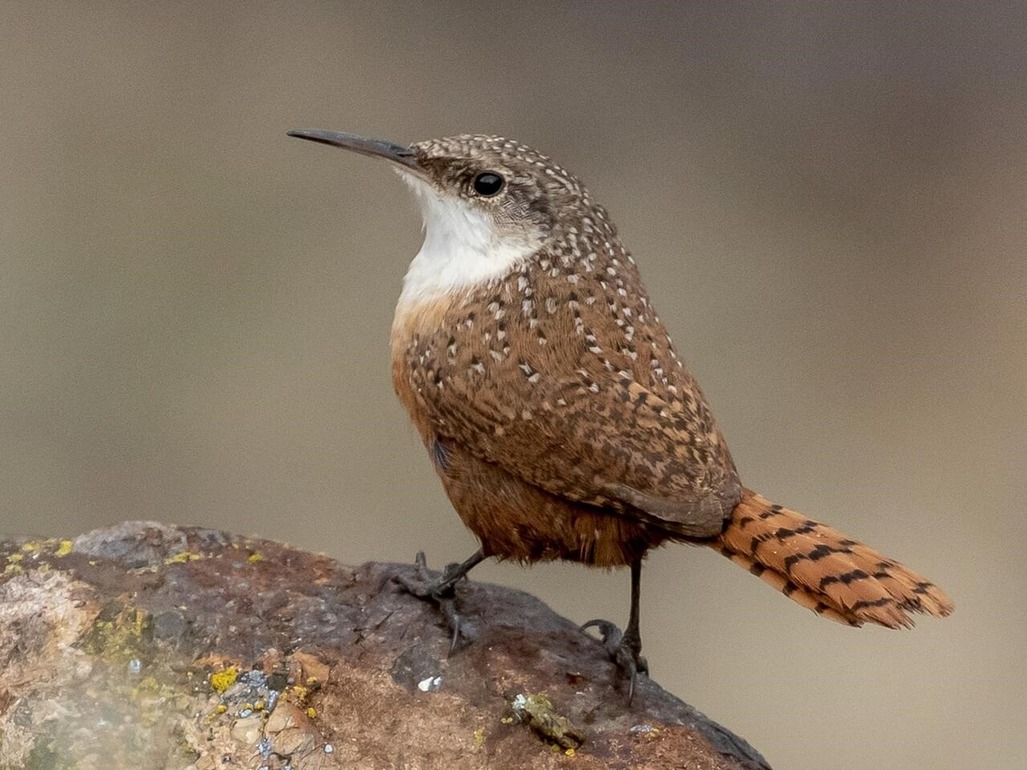
Canyon Wren, photo Cornell Lab of Ornithology, Macaulay Library
*
Español
August 18, 2024
"Sometimes the best discoveries are the ones that raise more questions than provide answers."
- Jason Lewis, paleoanthropologist Stony Brook and Rutgers Universities
by Donald Patterson
I awoke to the sound of fighting finches on my terrace this morning. Depending upon the season, they basically argued about food and/or girls. As it was spring, "Well, you can imagine the fuss." Part of my barely functioning mind felt comfort in their noise. Their morning squabbles assured me that, at least for that morning, things in the watershed were the same. The world had not changed as I slept.
I reached over and grabbed the channel changer and turned on the news. Nothing new there either. Most of the headline stories started, if not months ago, years ago. Still, in this morning's news: the youth of the Middle East were pledging allegiance to Allah and beheading all others, the Japanese were still pouring water contaminated by radiation into the Pacific, the Chinese were turning islands into airbases and once again threatening Taiwan, the Russians having annexed Crimea were threatening Ukraine, the polar ice was melting, polar bears were swimming for their lives, rising oceans were threatening island communities and the gringo politicians were showing everyday their capacity to screw up a good thing – so much for no new good news. All the while, wondering why I am optimistic this morning.

Canyon Wren
*
Then, just as I turned off the TV and felt safe for another day, my world changed. From outside my bedroom window I heard an intrusive sound, the descending song of a single Canyon Wren.
The little wren, the first visitor of his kind I had seen at my house in thirty years, was sitting on one of the bamboo struts that supported the roof above the terrace. I could see and hear him clearly through my window beside my desk and computer. The Canyon Wren was one of my favorite song birds. Canyon Wrens were plentiful along the foothills of the upper Rio Laja watershed but I had never seen one in San Miguel. He didn't seem to have any urgency to leave. Instead he just sat there and continued to amaze me with his song.
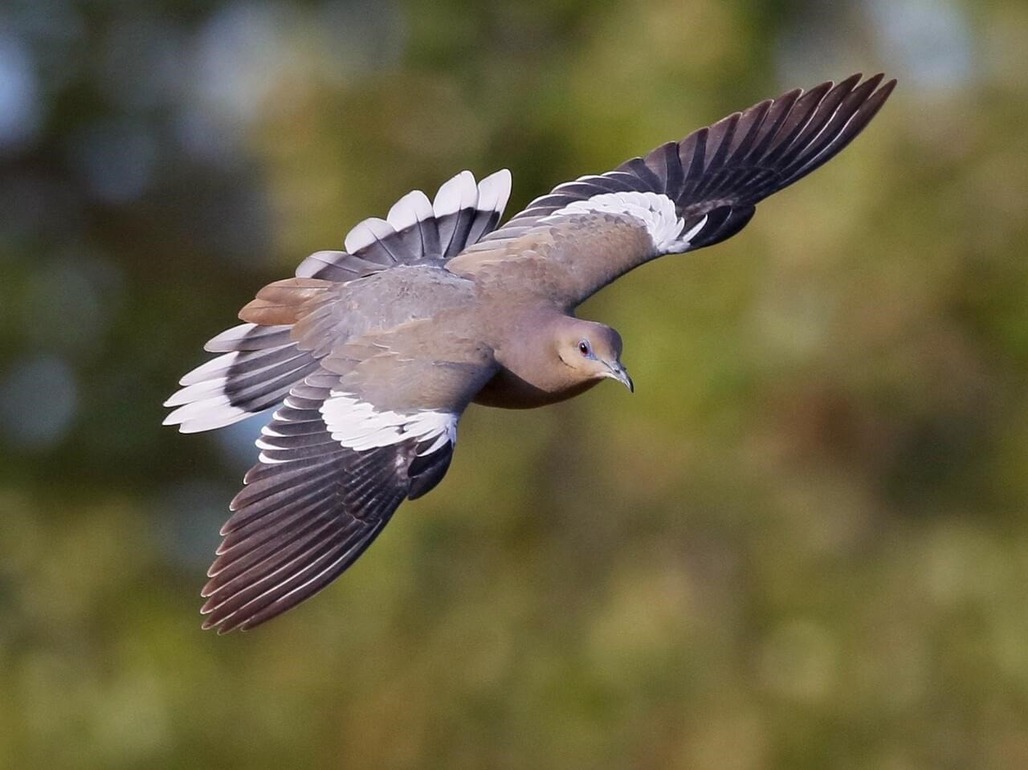
White Winged Dove, photo Cornell Lab of Ornithology, Macaulay Library
*
Listening to his song, I remembered I had downloaded the Canyon Wren's song track from the Cornell Lab of Ornithology website. I quickly turned on the computer thinking I could create some lovable dialogue. At the first note of my digitized wren the bird flew away. I speculated that the volume was too loud. The little wren must have imagined a giant two pound competitor.
The visit of the little bird, although momentarily thrilling, did provoke questions, "Was he lost? Was this to be the beginning of more visits? Was this the beginning of a migration?"
When I first migrated to Mexico from the United States in 1970, I crossed the western portion of four large watersheds. Back then I did not know that I had crossed them. There were no signs to identify them. The typical state, city and community signs were all the same – small white rectangular metal with black letters. Many of them, perforated by bullet holes, were illegible. I never knew whether a city or a truck stop lay before me coming south down the narrow two lane highway 57. Even if there had been signs indicating a different watershed I would probably not have been able to tell the difference. Although I had spent the greater portion of my youth, hunting, fishing, hiking and camping in watersheds throughout the west, I knew very little then about their structure and function. But I had taken a superficial notice of the semi-arid landscapes on either side of the highway for most of the journey. I noticed the white flowering Yuccas, the huizaches, prickly pear and the creosote bushes with peyote cactus growing on the ground beneath them. I noticed the hawks, mocking birds, cactus wrens, coyotes, badgers, puma cubs and more. A great deal of this flora and fauna, at one time or another, were being sold by the locals alongside portions of the highway. Later, and after many trips up and down highway 57, I learned that these watersheds were part of the Central Flyway for the migration of neo-tropical birds. But, back in 1970, it was the quantity of White Wing Doves in three of these watersheds that amazed me.

White Winged Dove
*
As long as there was a little bit of cover for them, the doves would nest in enormous numbers. Many times when stopping to take a leak I would scare up a hundred or so. On one occasion I was having a tire repaired at a busy truck stop and restaurant. Unperturbed by human presence and the noise of their technology, the sound of White Wings settling into a dense growth of prickly pear surrounding the small settlement drowned out everything else. If you liked to hunt doves, it would have been a paradise. In fact, bird hunters from Texas made annual trips into some of these northeastern Mexican watersheds to hunt the white winged doves. But further south, just north of Matehuala, the dove numbers decreased and the birds were completely absent from the valleys along the upper Laja River. I know this to be true because in the early seventies I hunted birds in most of these valleys.
I tell you these experiences, because it gave me a certain perspective about the birds I hunted and the habitats they chose to live in. Even though I was not even an amateur ornithologist I could identify at a glance; pintails, gadwalls, canvasbacks, cinnamon teal, blue-wing teal, mallards, Mexican ducks and mud hens. I have personally enjoyed for Christmas dinner in San Miguel both Canadian Honkers and Speckle Belly geese. I knew the three species of quail and their natural habitats around San Miguel; the bob white, the moctezuma and the scale. We only hunted the morning dove around San Miguel. What surprises me is even now, I don't believe many have taken notice of the coming of the White Wing Dove into our watershed. I have never taken part in a conversation that discussed them. There are 12 to 15 pairs that come in the late afternoon to drink from the pond in my garden. They usually spend the night roosting in one of my two mesquite trees. Ironically, my own migration into our watershed corresponded to the migration into the rural and urban areas of San Miguel by the Egrets.
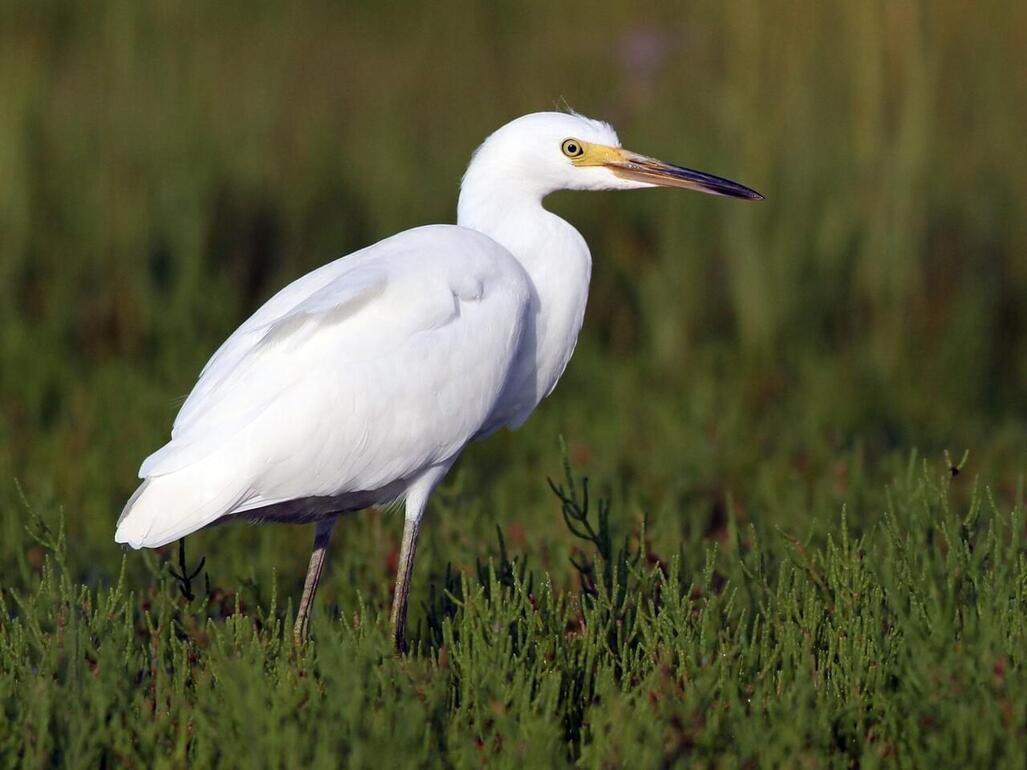
Egret, Cornell Lab of Ornithology, Macaulay Library
*
The coming of the Egrets was different than the doves. The Egrets environmental impacts were plainly obvious in a number of locations in the municipality. The most visible impact was in Juarez Park. As a consequence, the birds provoked numerous community and governmental actions that often produced, in hindsight, humorous results. At any rate, by the time I took over the department of the Environment and Ecology in 2006, their shit below their nests was destroying the vegetation in Juarez Park and the smell of decaying fish remains permeated the air meters below and beyond.
Meanwhile, the little Canyon Wren continues to visit from time to time but I don't respond – at least not digitally. I have discovered that, if he arrives, he is more or less punctual – between 11am and 1pm. But I have learned that such discoveries prompt more questions. So I just sit, watch, listen and question, "Why hasn't this he wren found a she wren?"
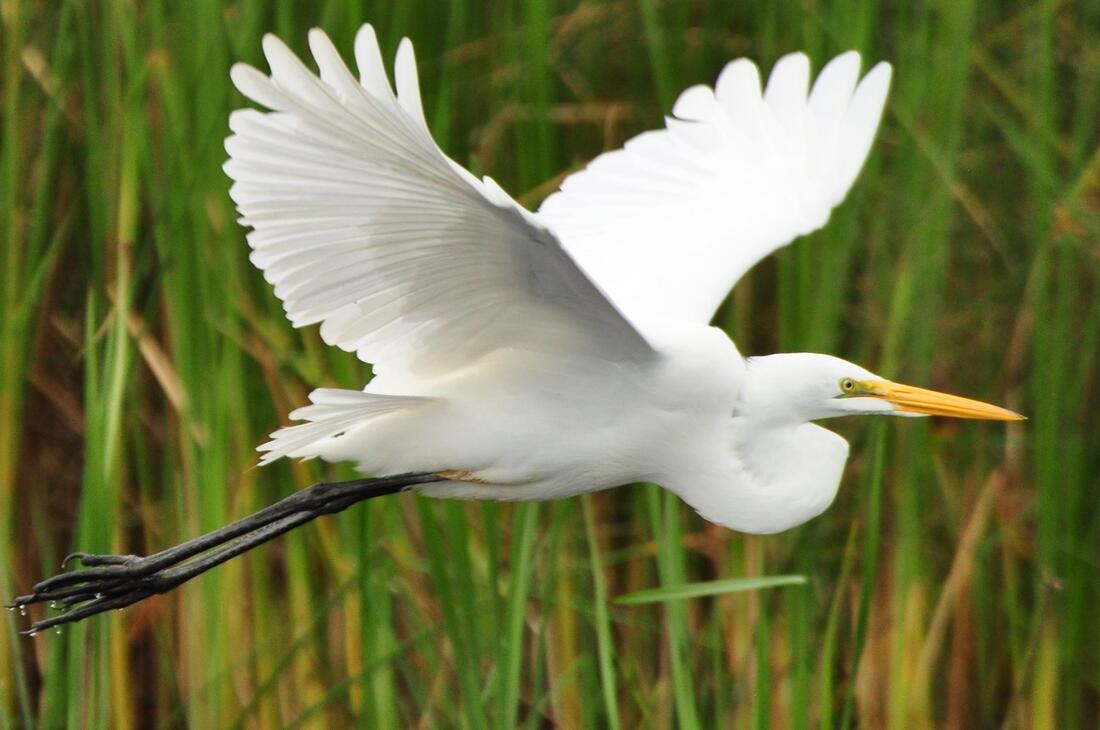
Egret
*
Other changes have taken place in the valley since I first arrived 52 years ago. It was living here that I had the opportunity to explore our watershed and look at more than birds. Over time I began to understand the watershed's history, structure and function.
**************
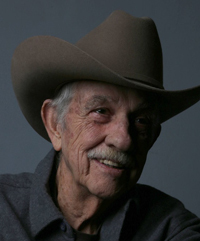
Donald Patterson: I have been called a lot of things in my life. I have had to listen to a lot of heated and vitriolic language used to describe me. I have been called , a SOB, a liar, a jerk, a hick, a misogynist, a communist, a homophobic, a racist, a bastard, a nigger-lover (Shreveport Louisiana police station – spring break, 1959), a bore, a cad, a Republican, a Democrat, a redneck and just yesterday, cantankerous. These are just names my English-speaking friends call me. Needless to say, the list in Spanish is much longer, but here are a few: pendejo, ensansato, insipido, carbron, pinche, gringo, pinche gringo, anarchista, communista, capitalista, bolio, maricon, diablo, culero etc, etc, etc. However, I have a different image of myself.
The Scottish poet Robert Burns expressed my dilemma in verse in the late 1700's. Burns entitled the poem, To a Louse, On Seeing one on a Lady's Bonnet at Church. The last line says it all:
"Oh, would some Power the gift give us
To see ourselves as others see us!"
**************
*****
Please contribute to Lokkal,
SMA's online collective:
 ***
***
Discover Lokkal:
Watch the two-minute video below.
Then, just below that, scroll down SMA's Community Wall.
Mission

Visit SMA's Social Network
Contact / Contactar

